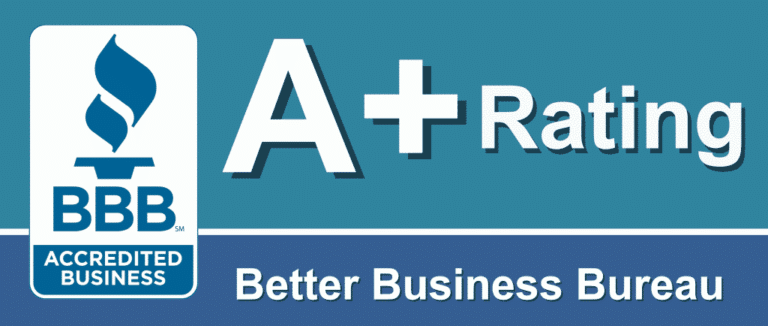Are you worried that you or a family member may need periodontal surgery? This month, I am continuing the topic of “The Use of Lasers in Treating Periodontal Disease.” In Part One of my interview with Connecticut periodontist, Dr. Lawrence Gelb, we covered the topic of what is periodontal disease, what are the conventional treatments for periodontal disease, and introduced the exciting advantages of using new laser technology in periodontal treatment. If you missed Part One, or would like to Review Part One, click here for last month’s newsletter.
Dr. Breiner: Dr. Gelb, last month you addressed the technical aspects of the PerioLase MVP-7 dental laser for treating periodontal disease. We spoke about traditional surgical procedures that patients often fear. You related how this new dental technology represents a revolution in periodontal treatment, allowing you to build up bone and achieve the prime objective of regeneration of tissue. I’d like to continue our discussion by delving deeper into the actual procedure. Can you please elaborate?
Dr. Gelb: The LANAP – Laser System New Attachment Procedure follows a multi-step surgical protocol. The first part is the ablative phase. You set the Periolase to 100 microseconds and that is your ablative mode. You insert the laser into the tissue, and it vaporizes the inner lining of the pocket (the inflamed portion of the gingival complex). Furthermore, the laser penetrates the underlying connective tissue without destroying it and kills the bacteria that are living in the connective tissue and bone. It also denatures the tartar that is sitting on the root surface and basically sterilizes it. Additionally it kills the bacteria within the dentinal tubules within the outer root surface.
Now that you have removed the inner lying tissue, and have created a trough (a space around the tooth), you insert your ultrasonic scaling instrument to remove the tartar, clean out the defect, and actually affect the bone around the teeth. With this method, you are not removing any bone; rather you are activating the bone by cleaning up the osseous surface.
Dr. Breiner: So you will have osteoblasts come in to regenerate bone?
Dr. Gelb: Exactly. You are debriding the bone, and removing the transceptal fibers on the surface of the bone that connect to the tissue. You expose the bone (and therefore liberate the osteoblasts), affect the immune system, and activate the immune cells to come to the area for the reparative phase of treatment. You then reset your laser to the hemostatic setting, and now you are coagulating the blood that is in the space you have created. What you want to do is create a clot which will seal off the underlying bone and tissue from the oral cavity, creating a closed system. This is analogous to the membrane which we would suture in place to protect the surgical site. Now we are using the patients own blood to act as the membrane.
Our final step is to adjust the bite, because there is a direct relationship between occlusal trauma, mobility, and pocketing. What we want to do is reduce or eliminate that trauma so healing can progress unthreatened by the occlusal trauma that otherwise would exist had we not done that adjustment.
Dr. Breiner: What does the patient have to do after the procedure?
Dr. Gelb: There are certain things we want the patient not to do. We don’t want the patient to brush that area at all. We do want them to change their diet during that time. For the first 3 days we want the patient to be on a primarily liquid diet, and for three weeks thereafter, to be on a “mushy” diet. Pasta, chicken, fish, steamed, not raw, vegetables. Nothing crunchy like potato chips, popcorn, pizza or stringy meats that could otherwise get imbedded underneath the tissue. We don’t want to disturb that clot, and we don’t want any food finding its way under that tissue during this period. That period of healing takes about 6-8 weeks.
In two weeks we will show the patient a modified brushing technique, and for the next four weeks we do not want them to insert a bristle underneath the gum tissue. After about 6-8 weeks, the patient can go back to eating their regular diet. They can then brush in a normal fashion, using the bristles to gently massage under the gum tissue; they can also use dental floss and whatever other adjunct dental methods that may be helpful. We do not want to probe these pockets or scale subgingivally for a year. Patients can expect to realize the full extent of bone regeneration and new tissue attachment after one year.
Dr. Breiner: During the time when the patient is not brushing, do you use any sort of antimicrobial mouthwash?
Dr. Gelb: Yes, I use a product that is all natural, rather than a prescription product that tends to stain teeth and alter a patient’s sense of taste.
Dr. Breiner: Is there anything else you would like to add?
Dr. Gelb: The documented results that I have seen as well as the results of my own practice are in some cases so astounding that I believe that, in a relatively short time, using a laser for surgery will be the standard of care. I have been in practice for many years, and I think that along with the introduction of dental implants, the Laser Assisted New Attachment Procedure (LANAP) is the biggest change in treatment with the most benefit for the patient that I have ever seen. Thank you for this opportunity talk about this exciting new direction in periodontal surgery.
Dr. Breiner: I would like to thank Dr. Gelb for taking the time to do this interview and presenting this exciting information to my readers. His enthusiasm for learning the latest techniques in periodontics to benefit his patients is inspiring. Over the years, Dr. Gelb has treated many of my patients; his caring, gentle manner impresses everyone.
If you want to explore more about periodontal disease and the systemic health connection see my chapters on Periodontal Disease and Inflammation in Whole-Body Dentistry: A Complete Guide to Understanding the Impact of Dentistry on Total Health.
Lawrence B. Gelb, DDS is a graduate of the Columbia School of Dental Surgery. He did postgraduate training in periodontics at the University of Connecticut School of Dental and Oral Medicine. Dr. Gelb sees patients in Greenwich and Middletown, Connecticut and also in Manhattan, New York. His practice is limited to periodontics and dental implants. Dr. Gelb can be reached at 860-346-9665.
© 2013, Mark A. Breiner, DDS
The information presented is for educational purposes only. You should consult a qualified health practitioner for diagnosis and treatment.


